NGHE AN Improving productivity, quality, making rice resistant to pests and diseases, and protecting the ecological environment are the values that the IPHM model brings.
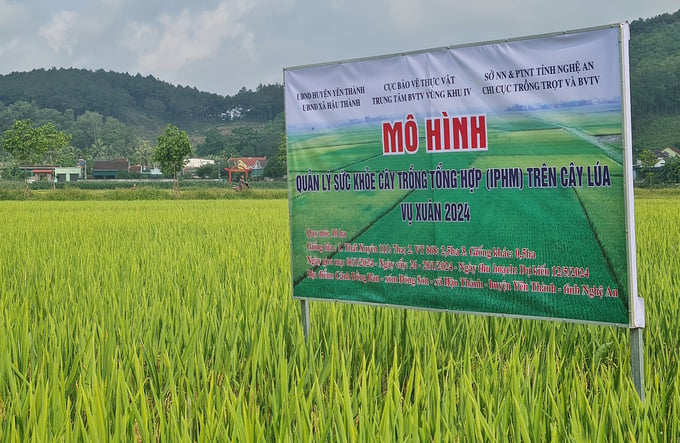
The IPHM model was first implemented in Yen Thanh district but has brought many different values. Photo: Viet Khanh.
On May 8, the Plant Protection Center of Region IV (Plant Protection Department) coordinated with the Department of Agriculture and Rural Development of Nghe An to organize a conference to summarize the integrated plant health management (IPHM) model on spring rice.
The "flower-bordered rice field" model will be deployed in the 2024 spring crop on a scale of 10 hectares in Ban field, Dong Son hamlet, Hau Thanh commune (Yen Thanh district, Nghe An).
Yen Thanh district is considered the rice granary of Nghe An province. In recent years, agricultural production in this locality has made many impressions thanks to proactively promoting mechanization of production, combining the application of science and technology in cultivation. These are very favorable conditions for implementing the model of applying integrated plant health management on rice plants.
According to the Plant Protection Center of Region IV, the model simultaneously aims at many goals: applying advanced technical measures, organizing production and consumption linkages towards increasing productivity and quality of crops, on the other hand, accelerating the process of restoring "health" to the soil and protecting the ecological environment.
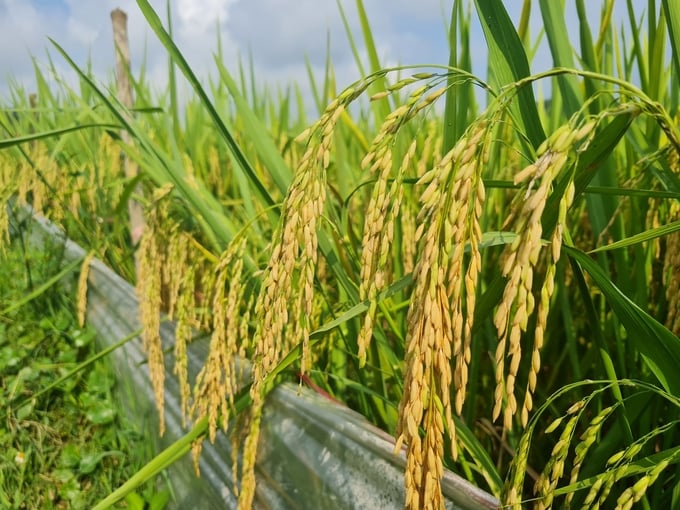
Rice plants in the model have high yield and quality thanks to the application of integrated plant health management (IPHM). Photo: Viet Khanh.
Participating in the model, farmers are trained in 7 sessions from the beginning to the end of the crop, spread evenly according to each growth stage of the rice plant.
Under the detailed guidance of skilled staff and experts, the people of Dong Ban have expanded their knowledge and access to technical processes in production from soil preparation, water regulation, sowing, fertilization, care, and pest control. Through the training program, most of the people have mastered the principles and technical measures of IPHM, "memorizing" the physiological characteristics of rice plants at each stage. Thanks to that, the people have flexibly responded to each adverse external impact, helping the rice plants grow stably and effectively resist pests.
Selected to participate in the model, Mr. Le Dinh Ich (residing in Dong Son hamlet, Hau Thanh commune, Yen Thanh) was really satisfied: “Previously, we did it out of habit and did not follow any standards, so we applied fertilizer unbalancedly, sometimes too much, sometimes not enough. Sowing densely, with many clumps, wasted a lot of seeds, not to mention consuming a lot of irrigation water but with low efficiency. Everything changed when the IPHM model was introduced. Although new, this method immediately made a difference, helping farmers broaden their horizons. Now we can confidently apply IPHM proficiently in rice production.”
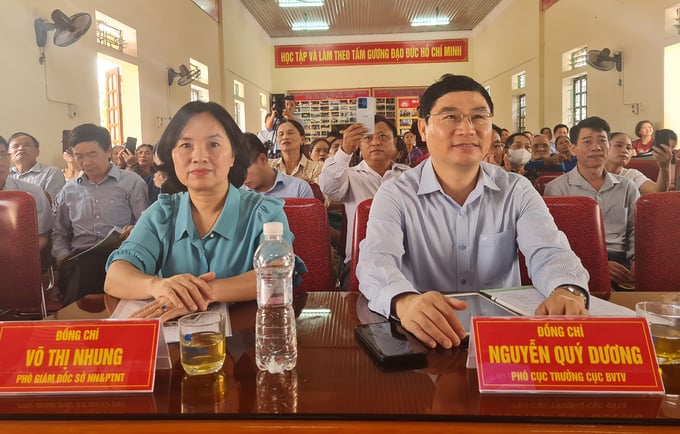
Mr. Nguyen Quy Duong, Deputy Director of the Plant Protection Department attended the conference and highly appreciated the benefits of the IPHM model. Photo: Viet Khanh.
Mastering knowledge of IPHM helps farmers make a difference in their own fields. Through comparison with rice fields applying the old method, the indicators and parameters are all superior. Specifically, each hectare applying IPHM reduces up to 8kg of seeds, reduces 2 times the use of pesticides, reduces 20kg of nitrogen fertilizer, ensuring more balanced fertilization.
Through monitoring, it is shown that the application of IPHM, integrated pest management (IPM) also helps to significantly reduce the impact of pests and diseases, which directly contributes to reducing investment costs as well as increasing productivity and quality. Preliminary statistics show that applying IPHM gives higher profits than traditional farming by over 2 million VND/ha.
Attending the conference, Mr. Nguyen Quy Duong, Deputy Director of the Plant Protection Department, highly appreciated the results of the integrated plant health management (IPHM) model, which not only helps farmers increase economic value per unit area, but also contributes to protecting the ecological environment and biodiversity. From that reality, Mr. Duong suggested that Nghe An should continue to maintain the model regularly, and at the same time calculate the replication plan.
Source: https://nongsanviet.nongnghiep.vn/quan-ly-suc-khoe-cay-trong-tong-hop-dat-nen-mong-cho-san-xuat-huu-co-d385487.html




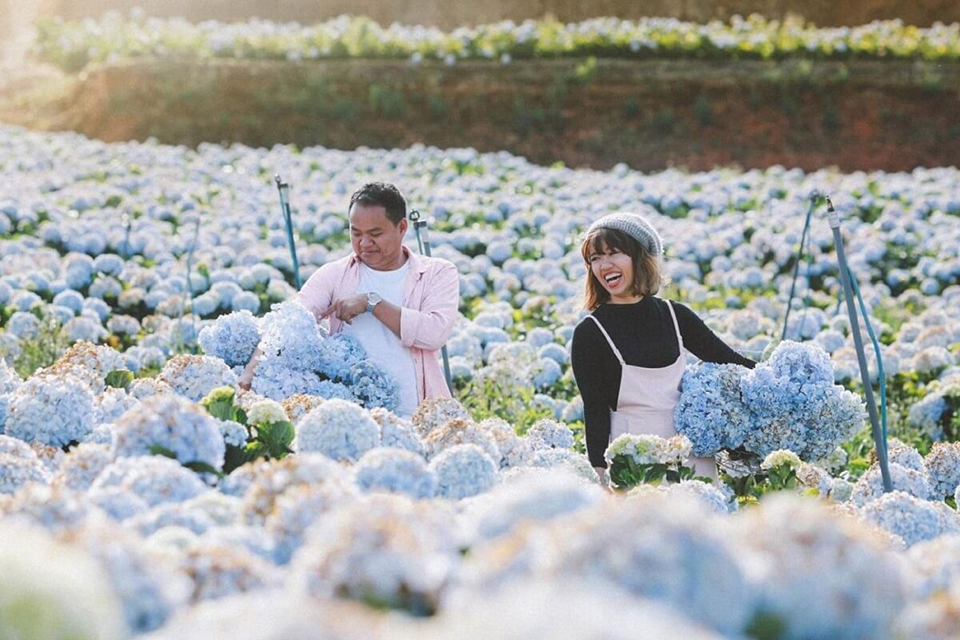
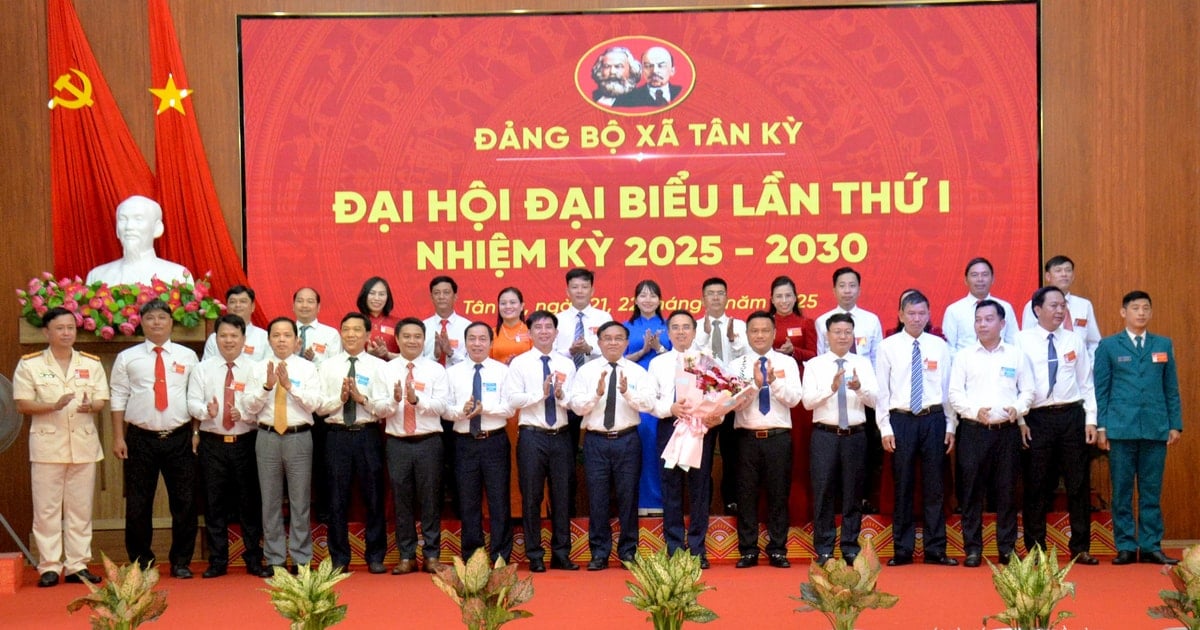

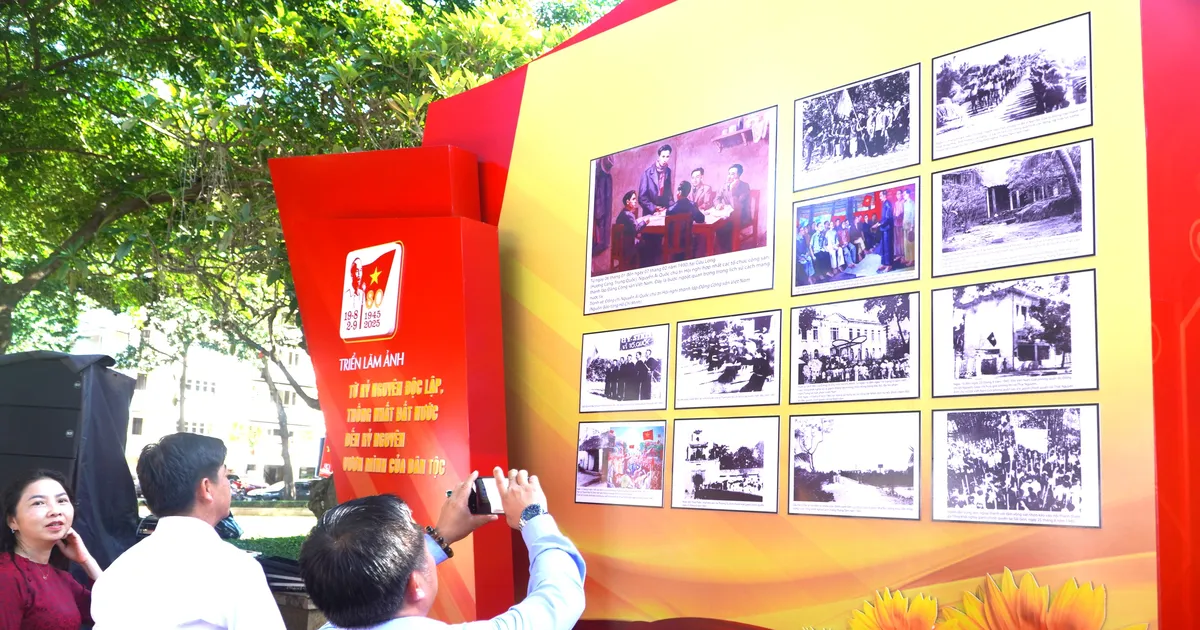
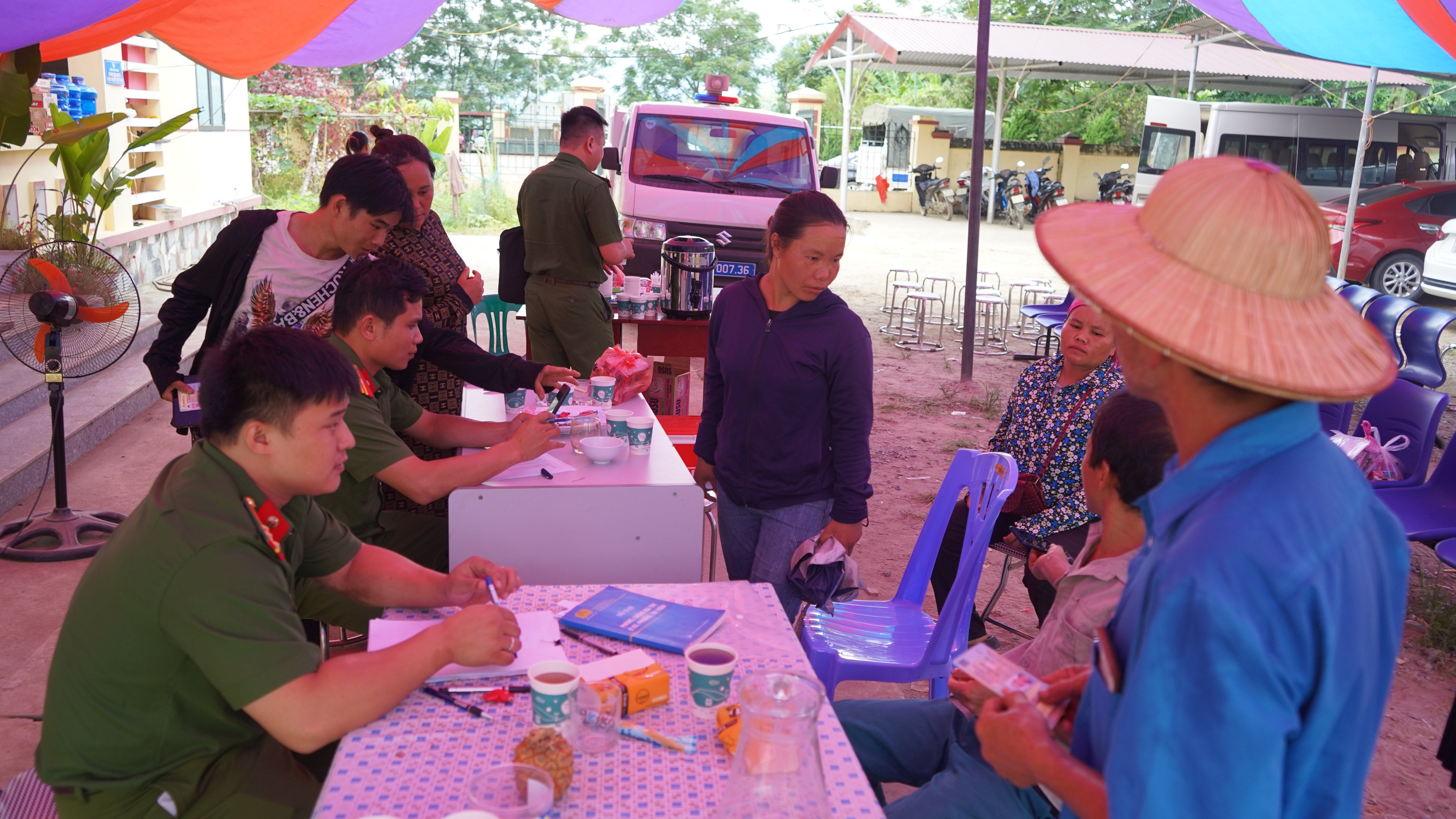

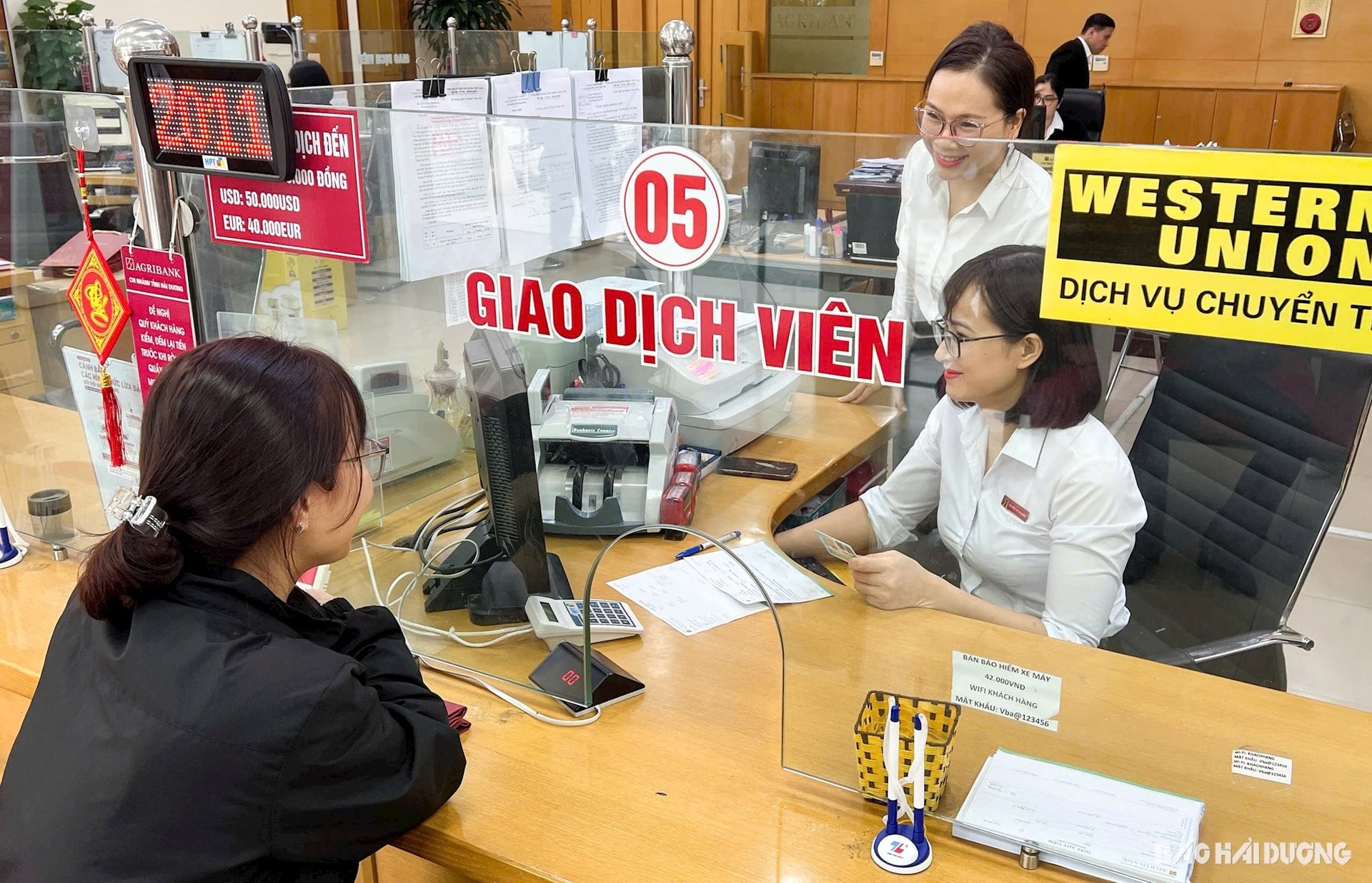
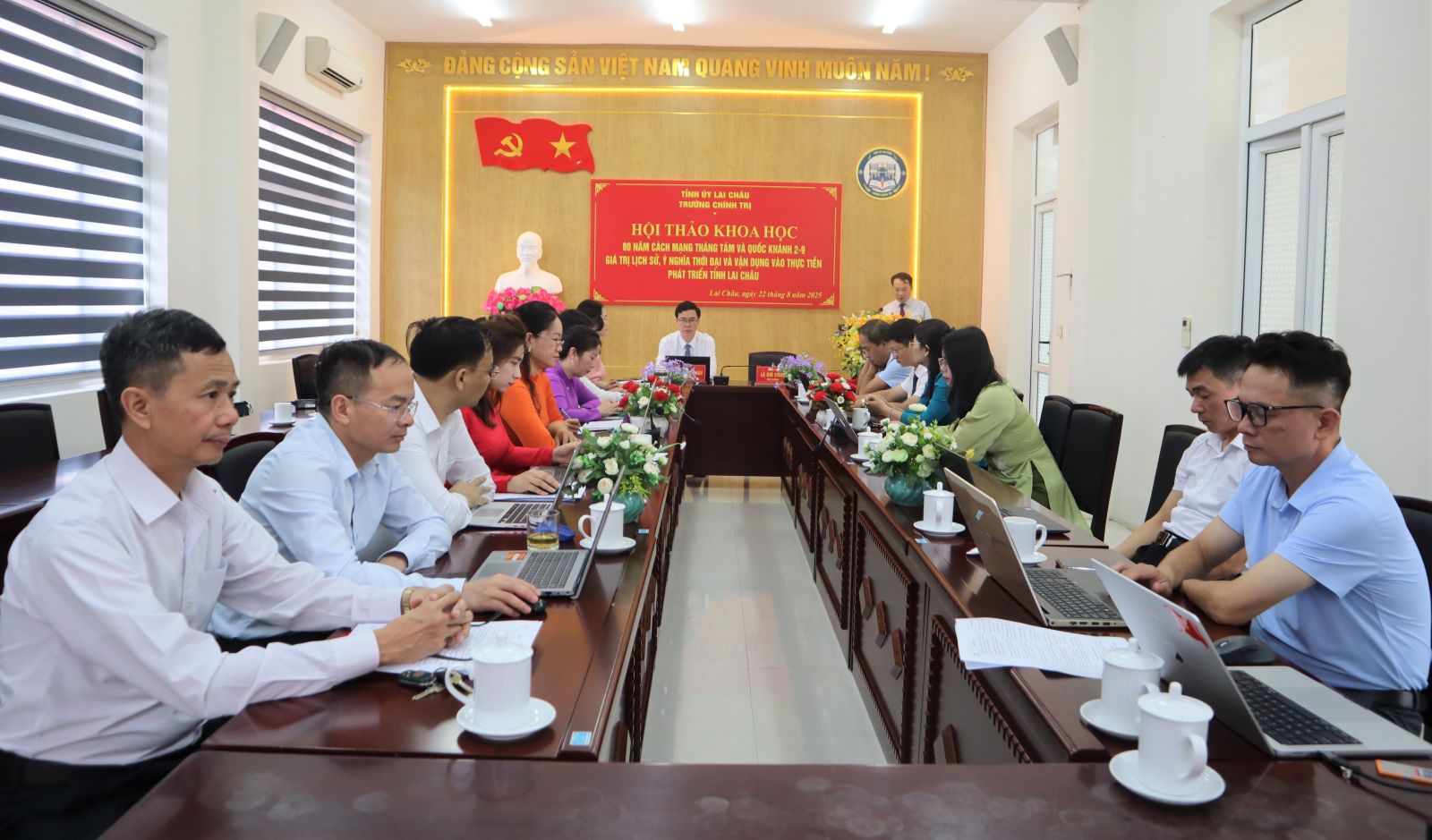
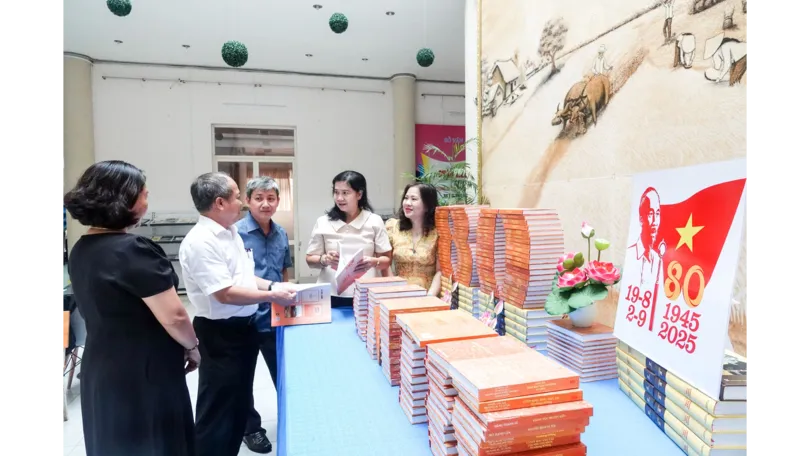



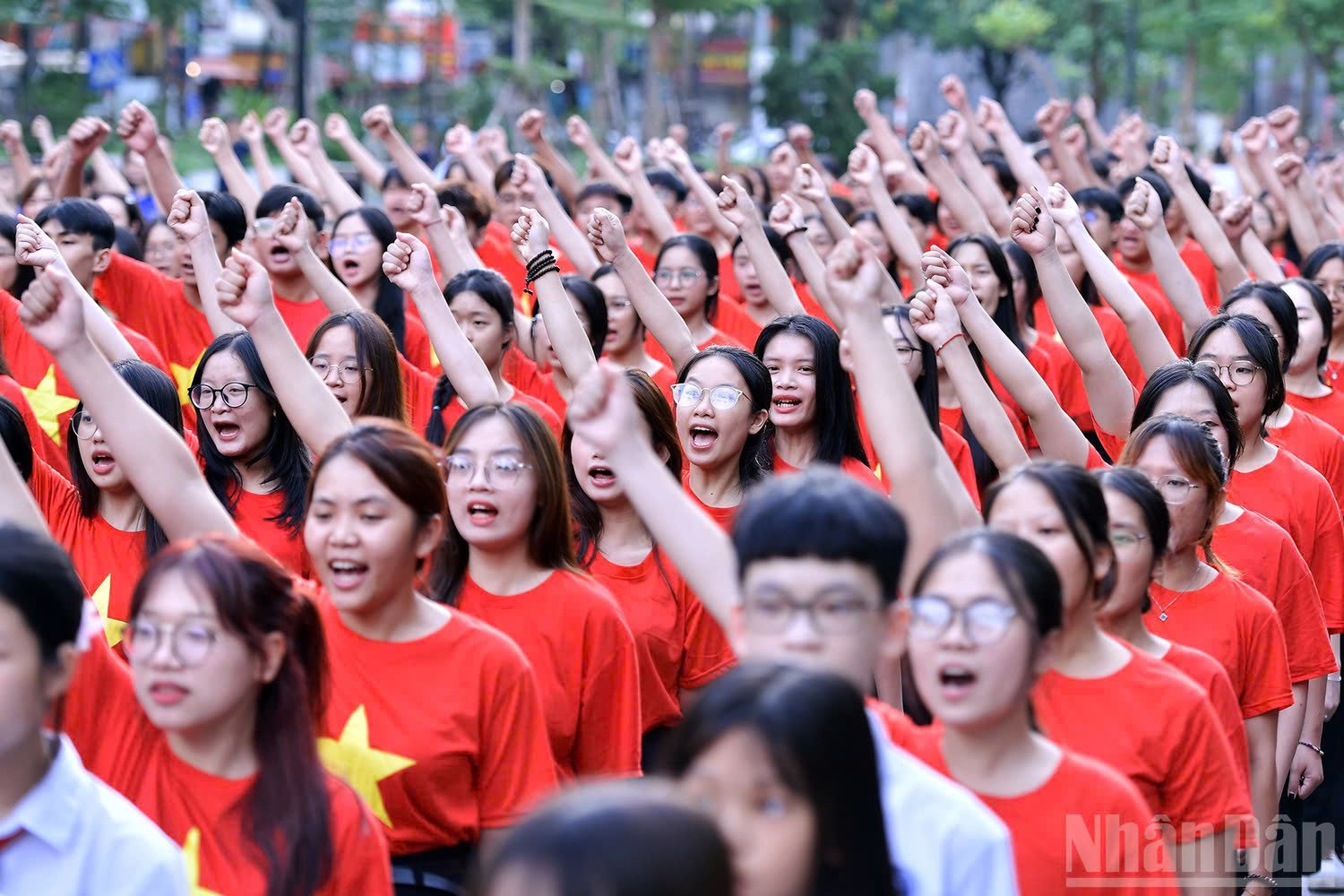

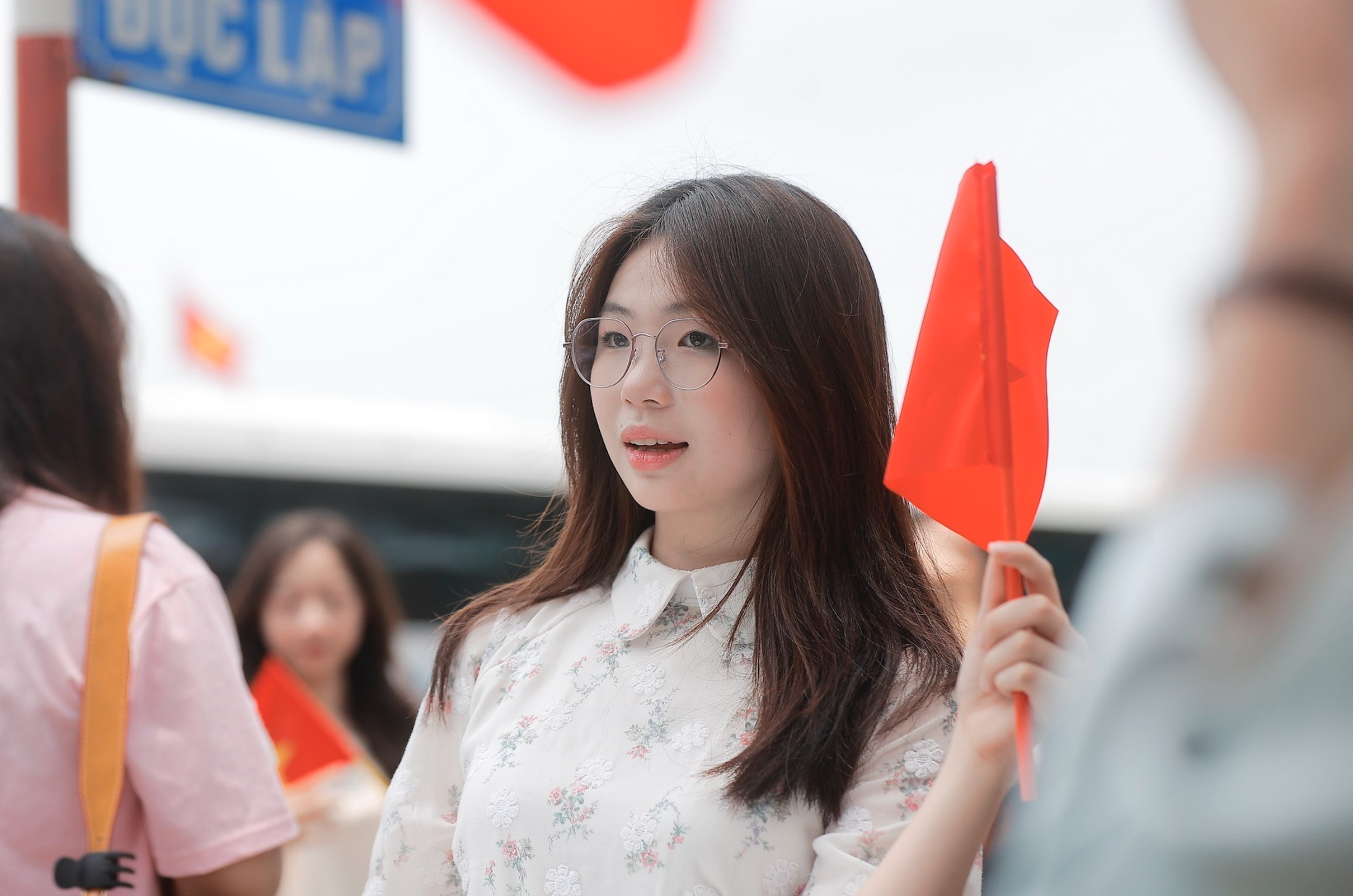
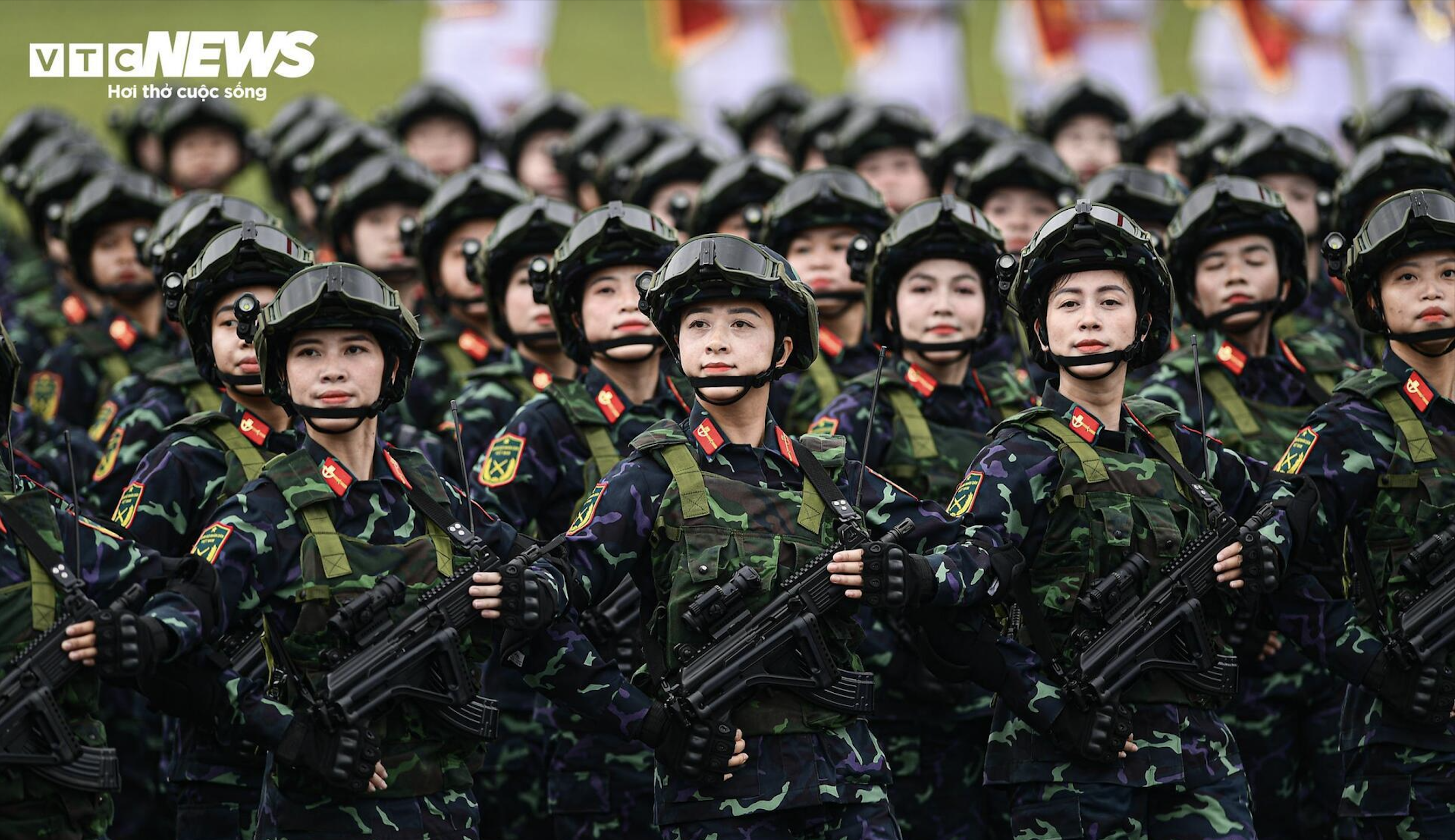
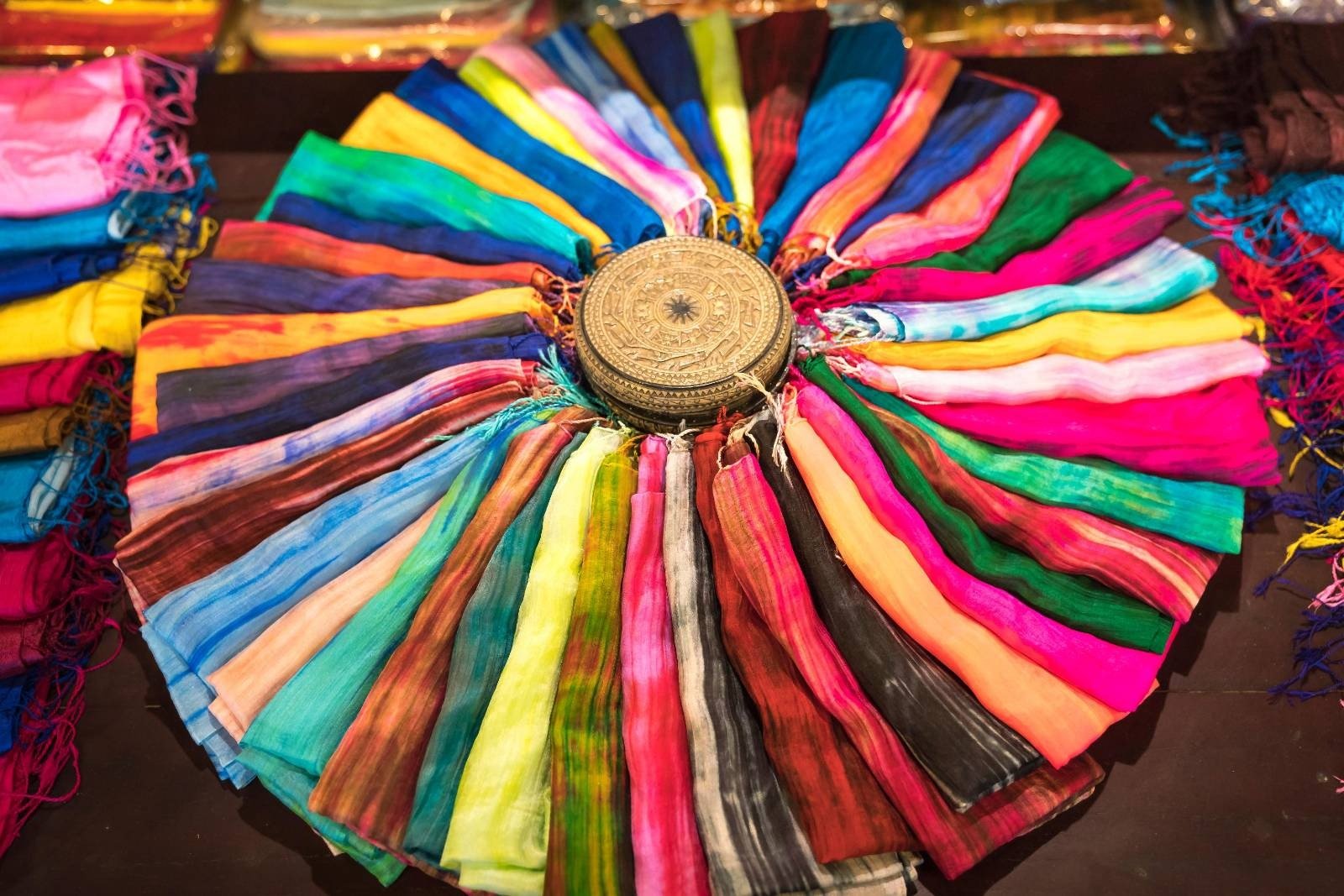


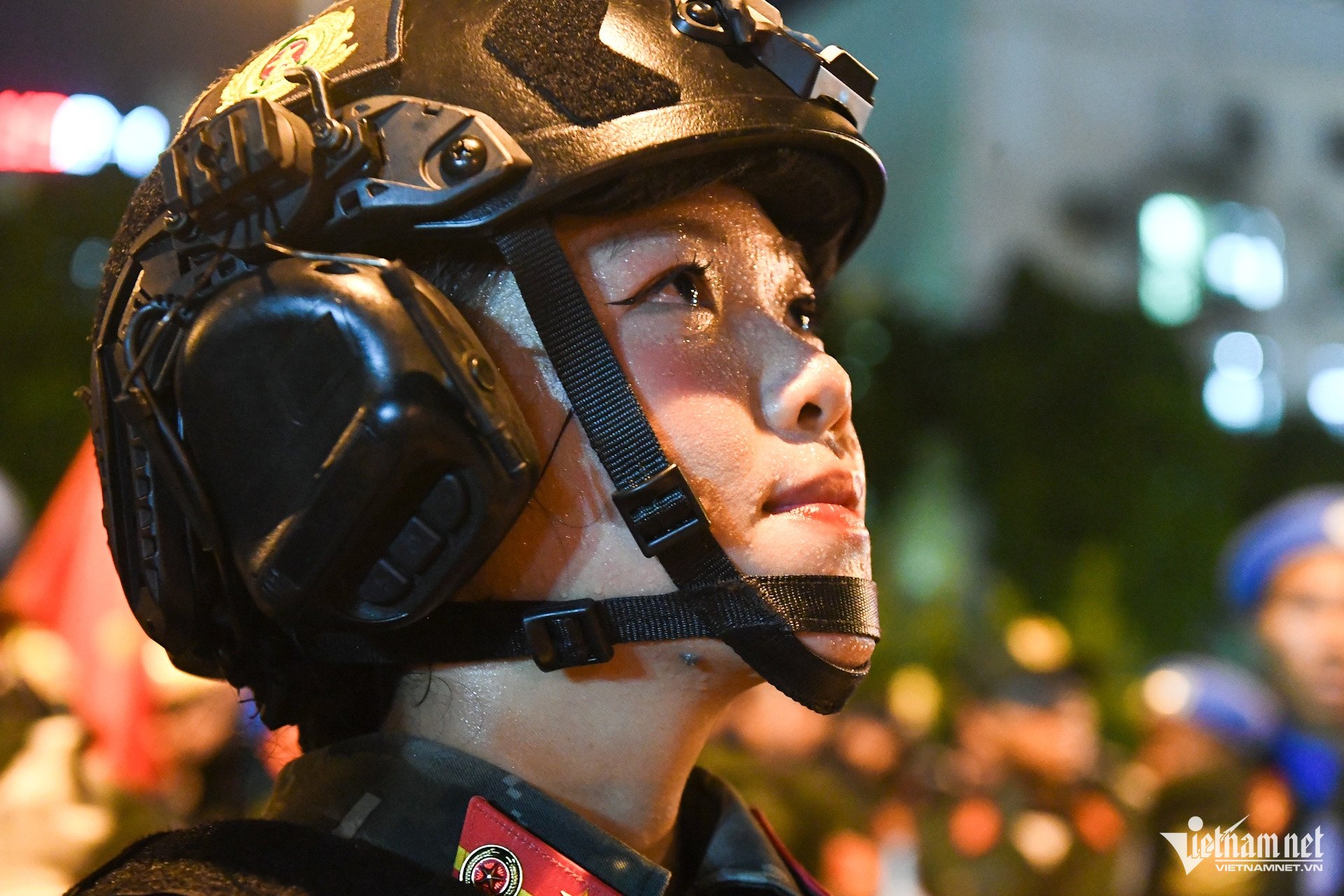

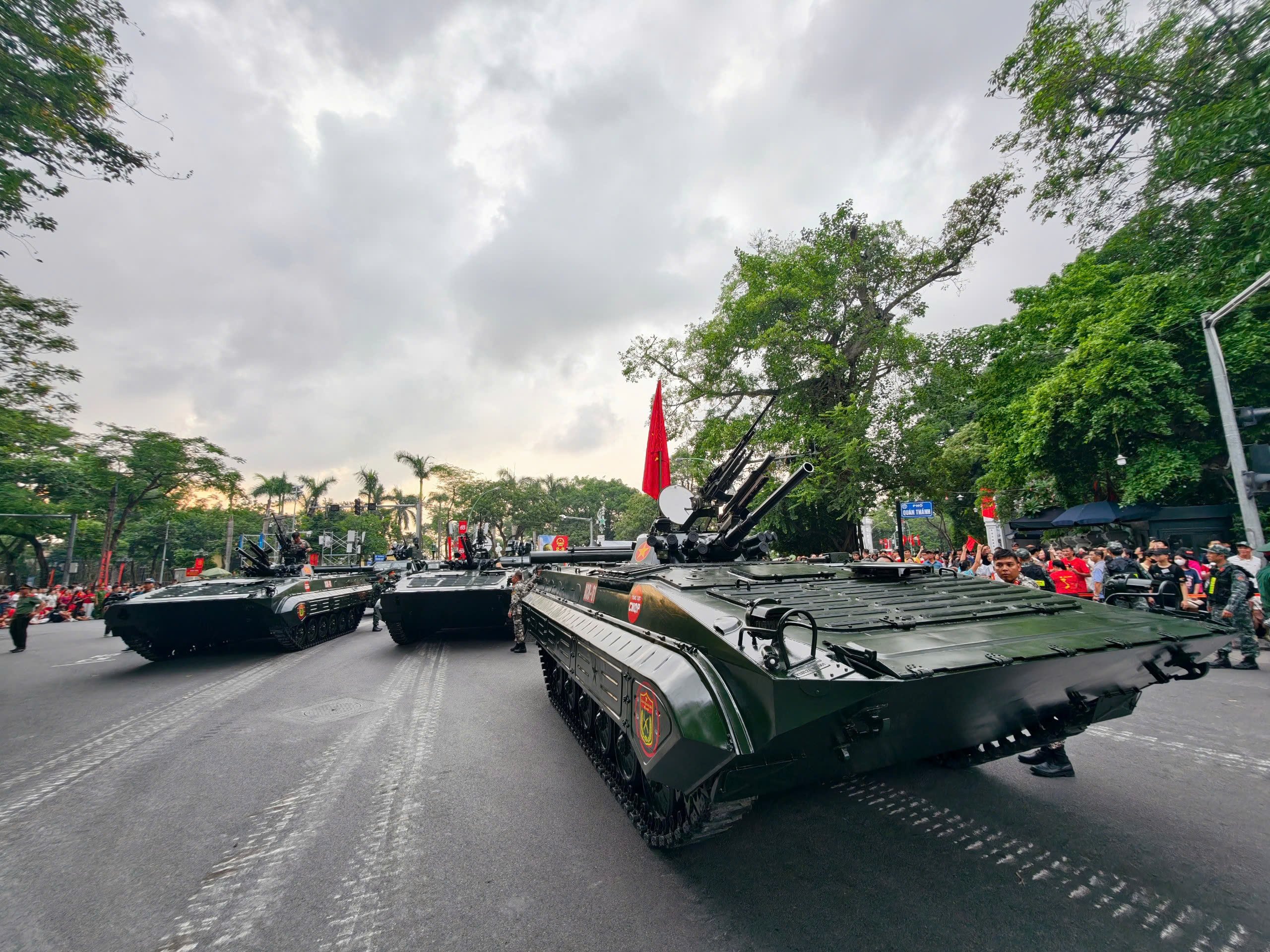
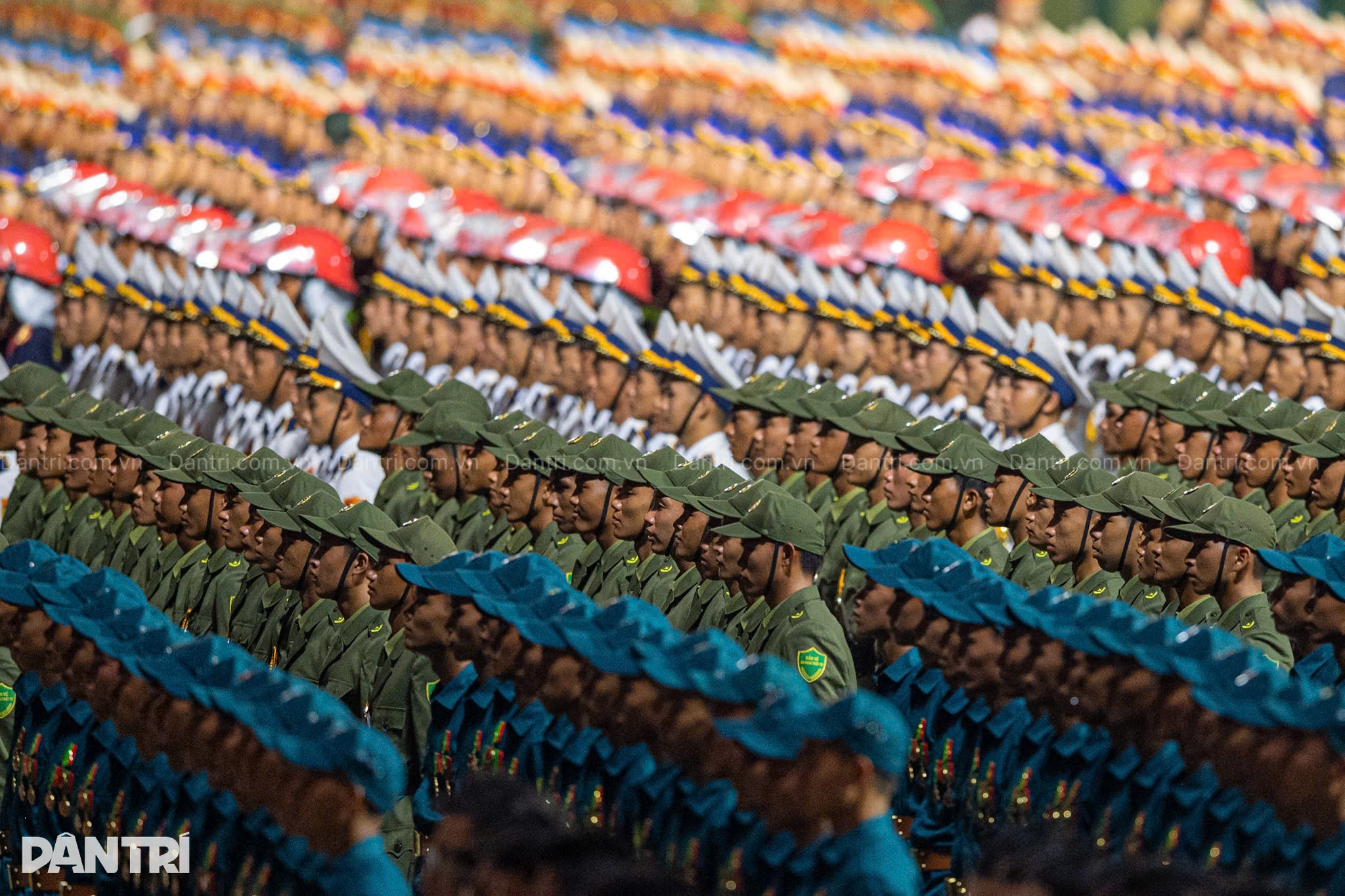


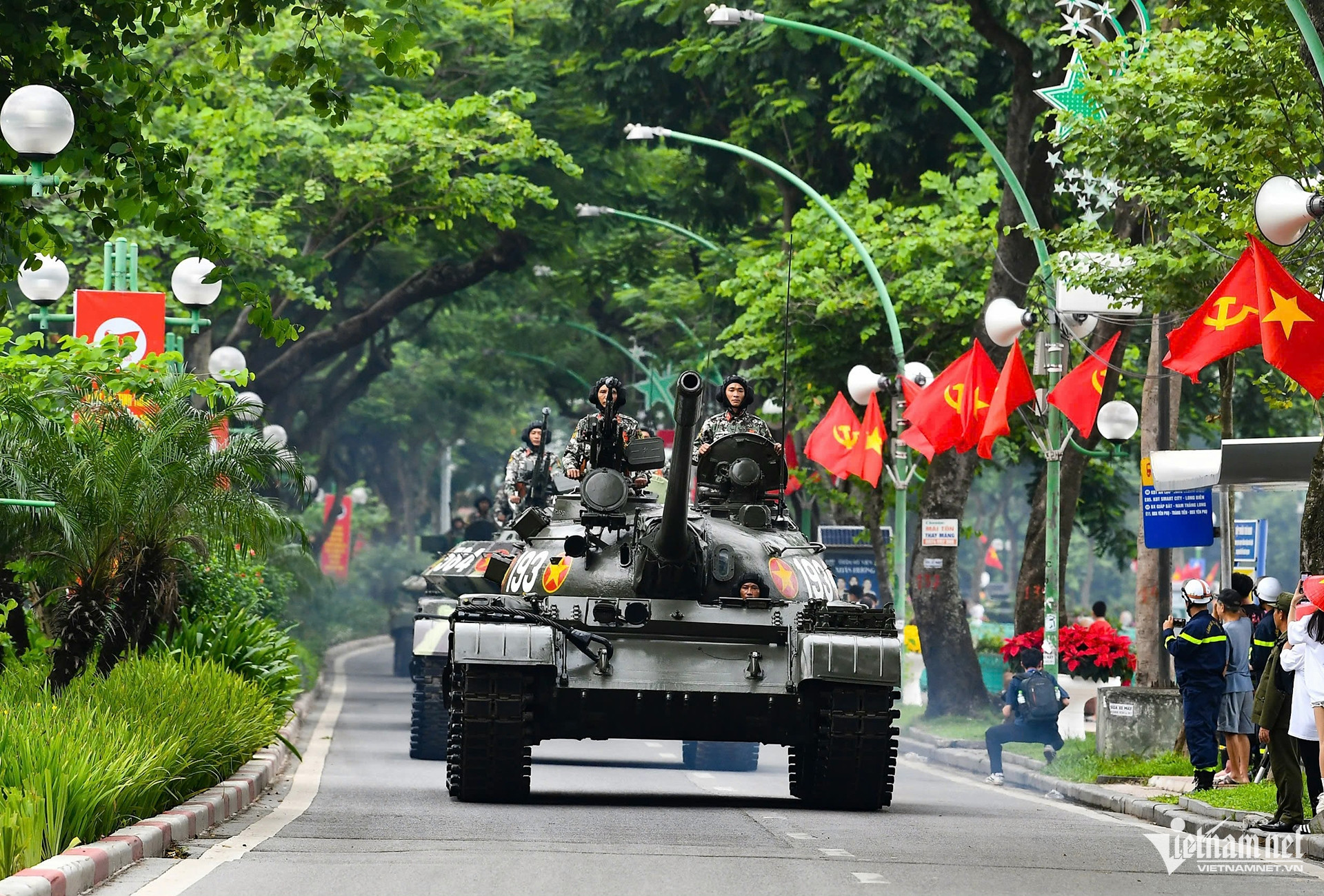


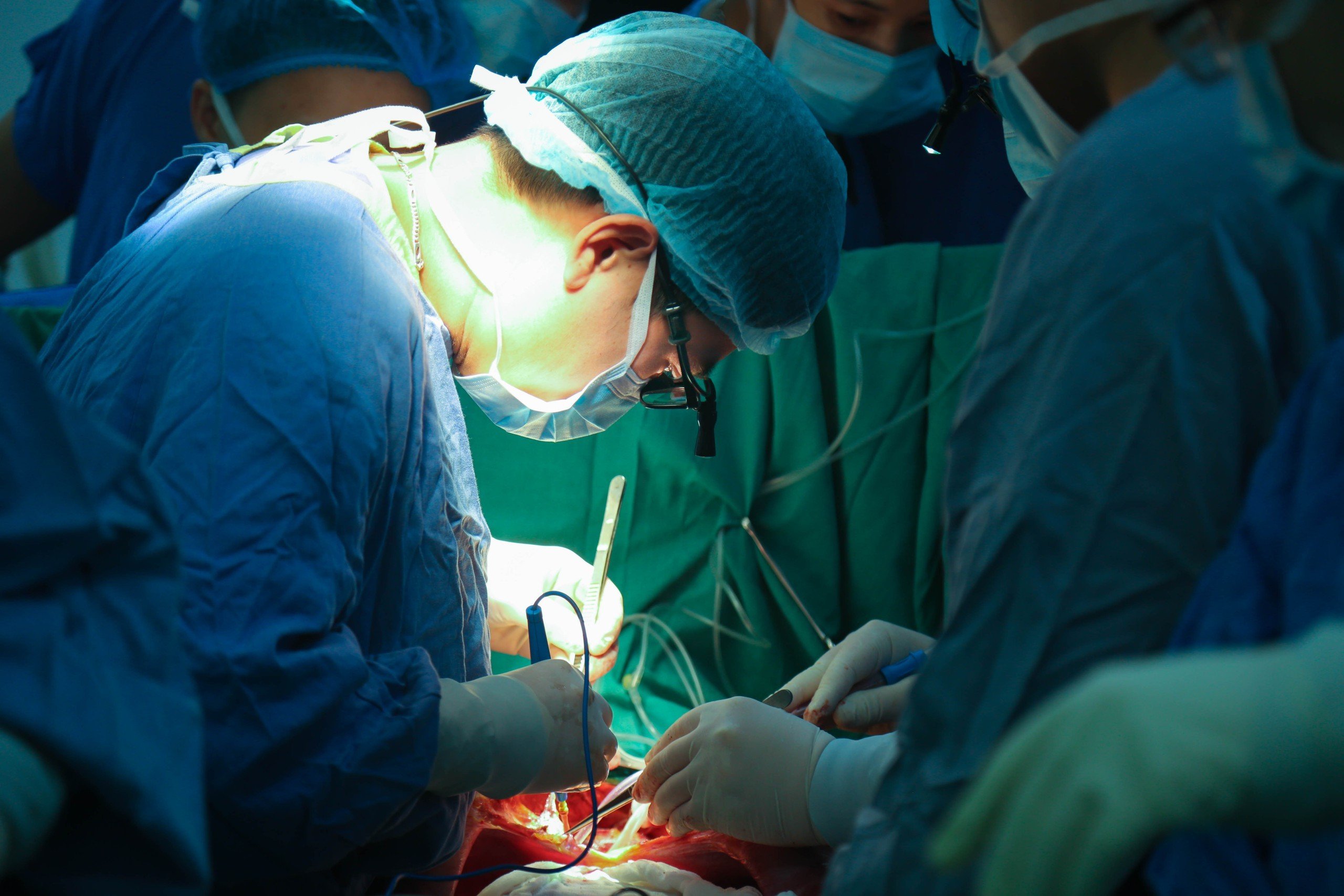







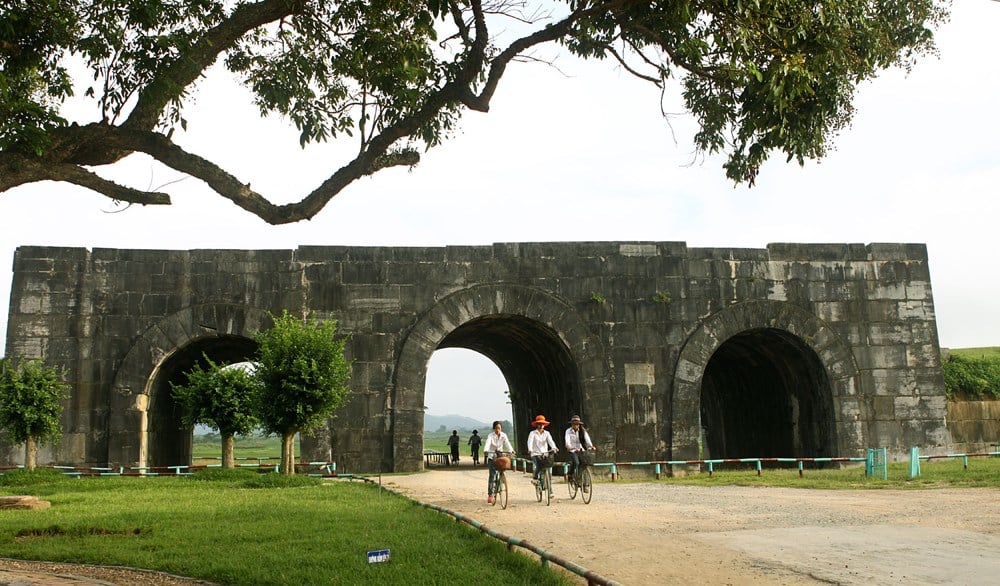

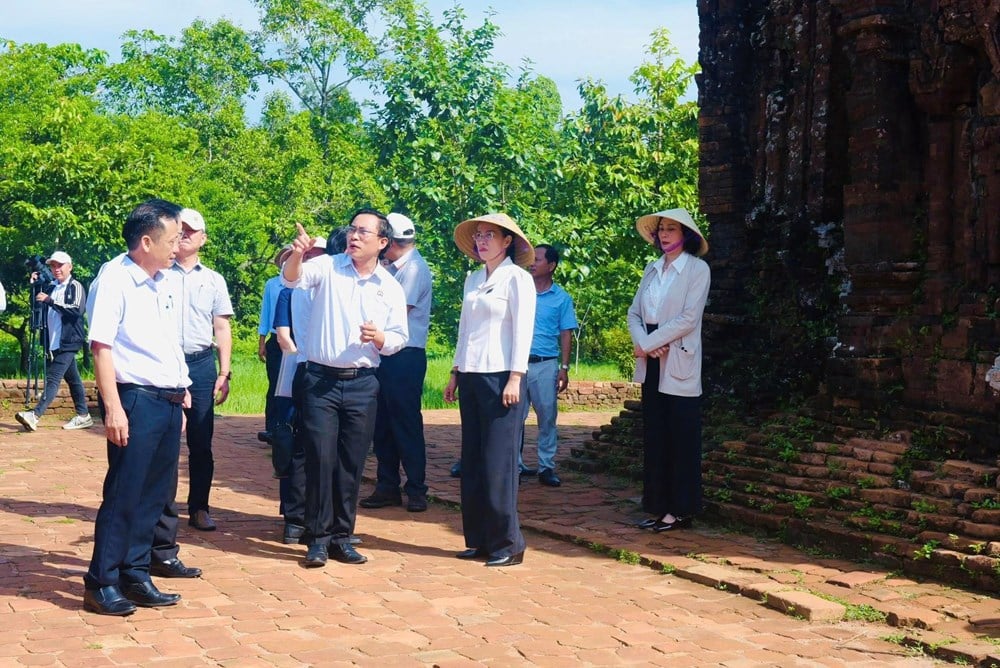


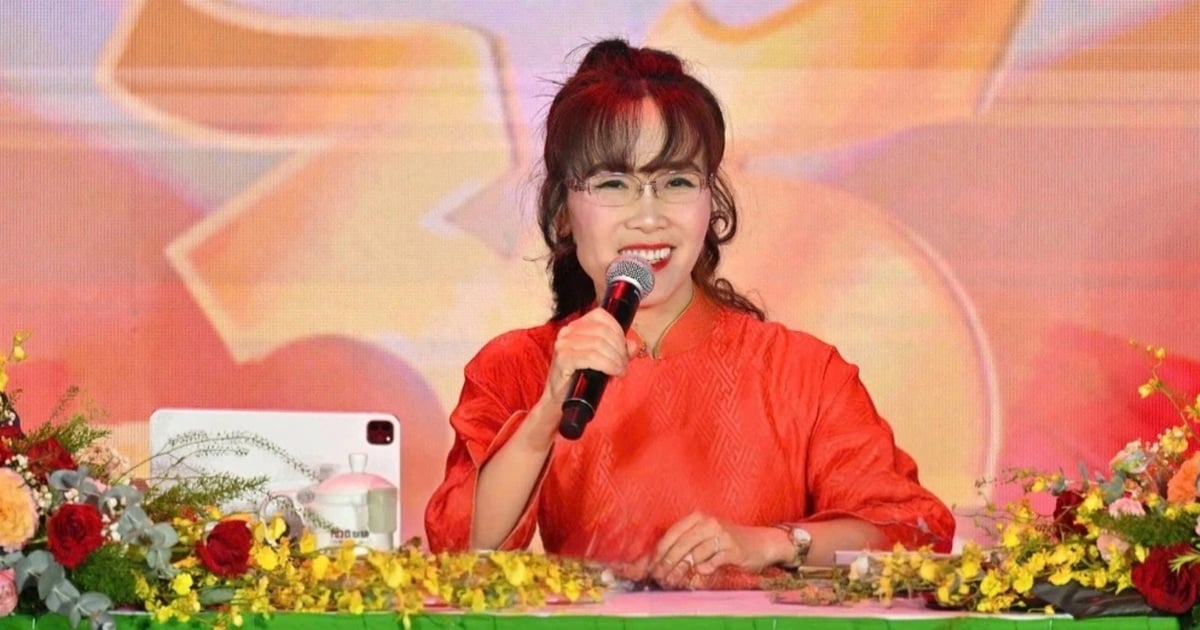

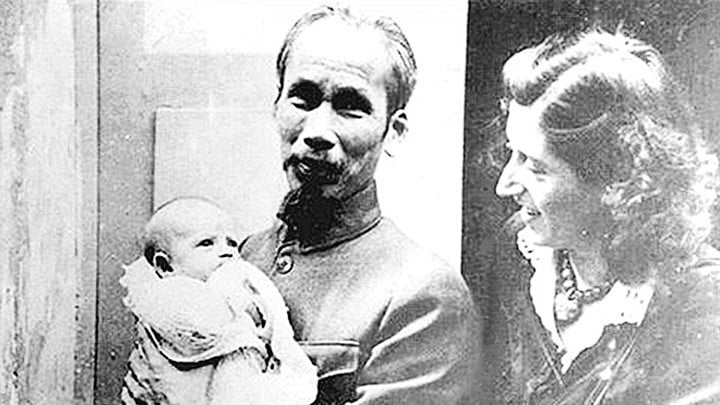


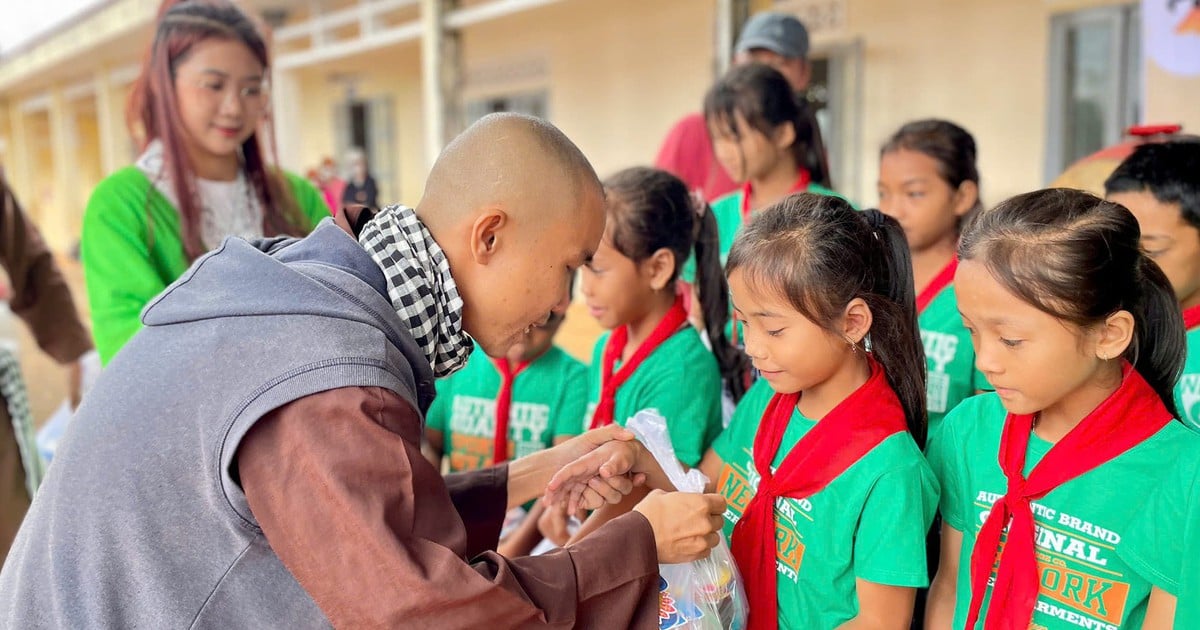
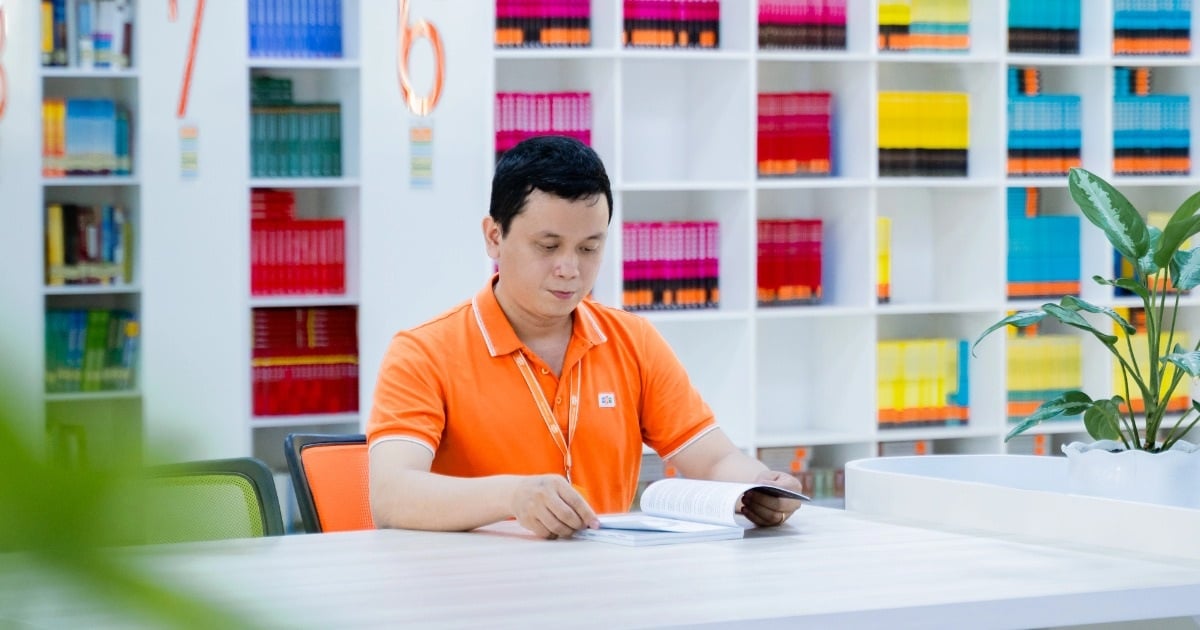
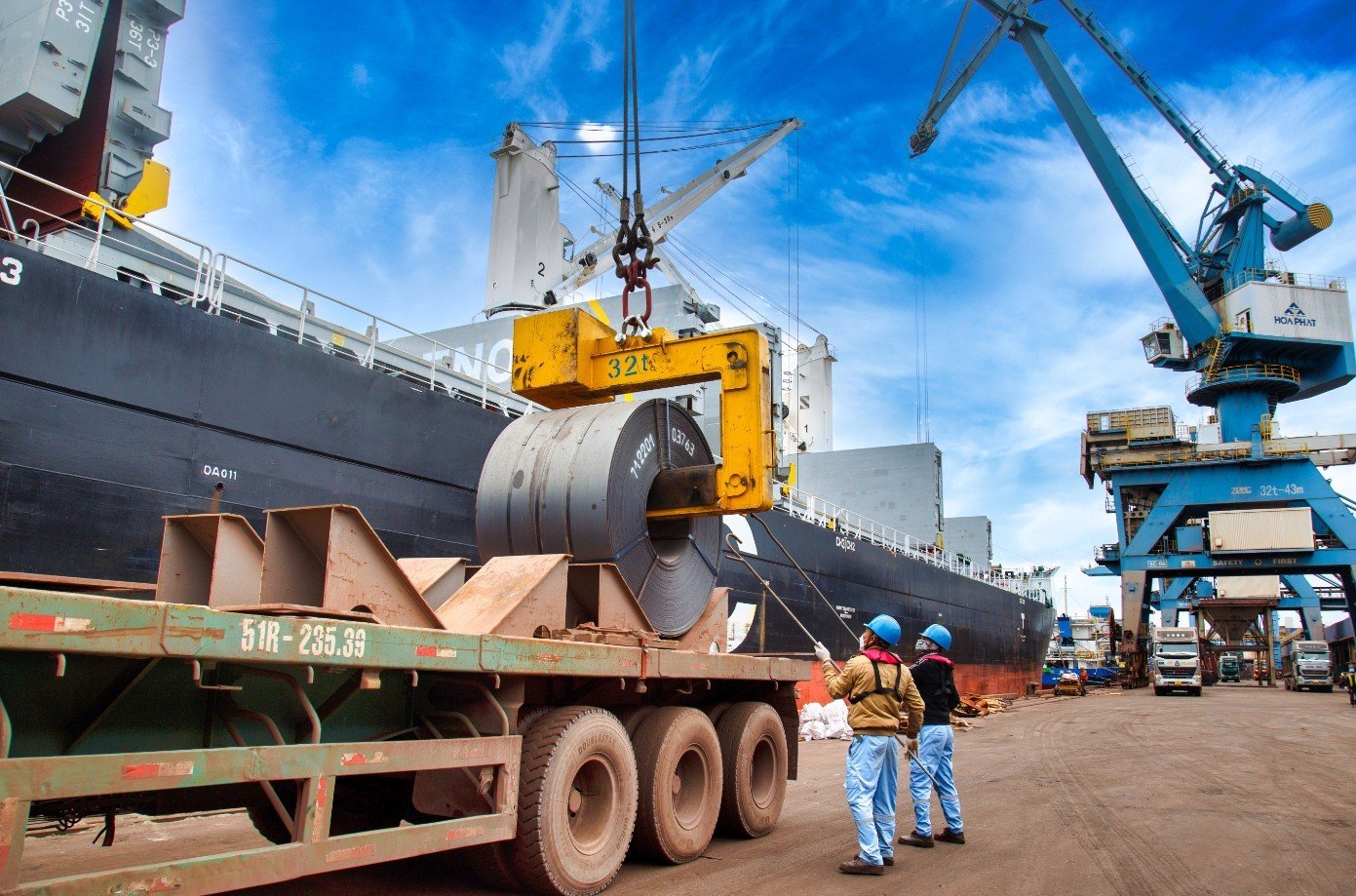

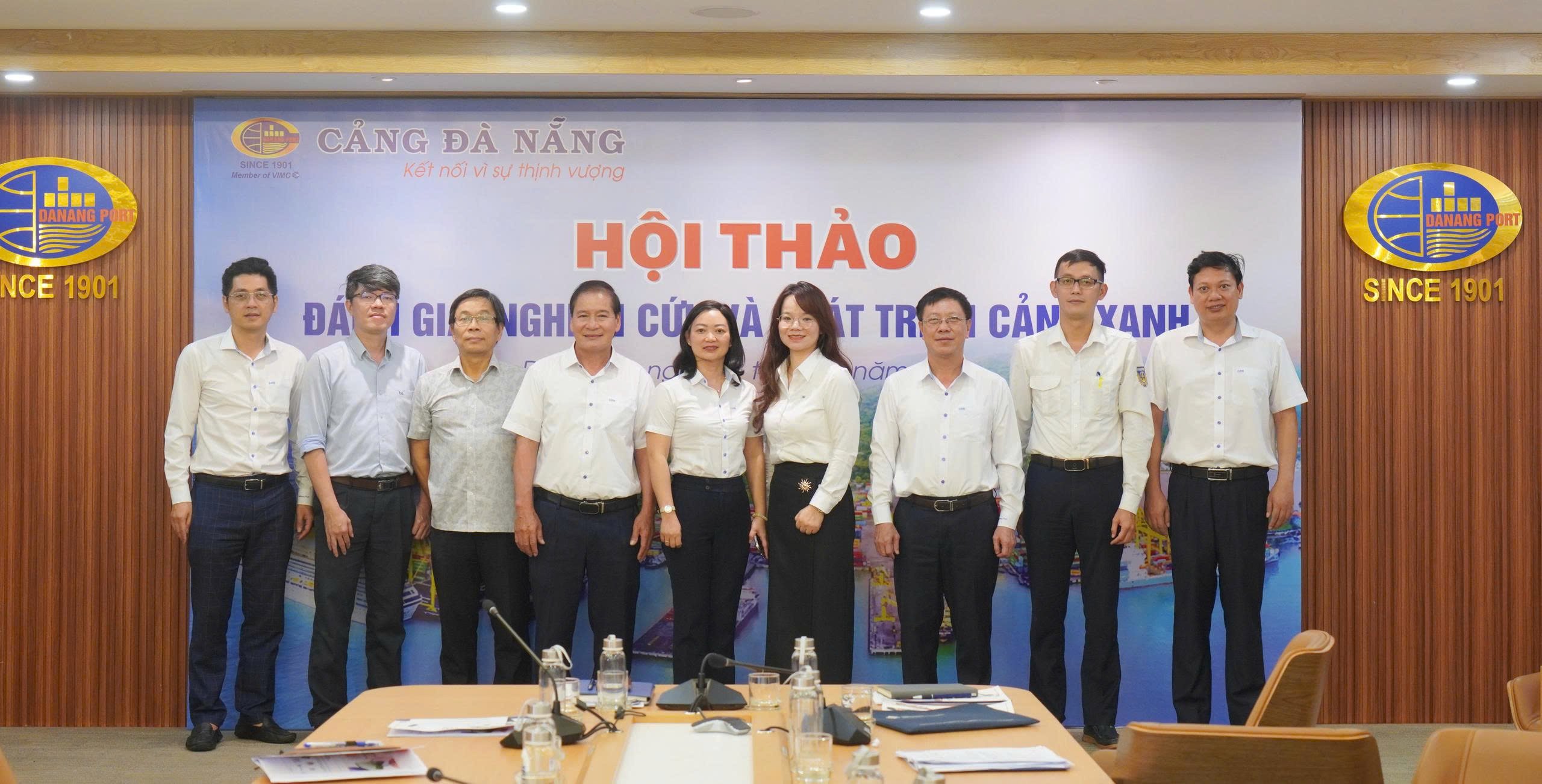

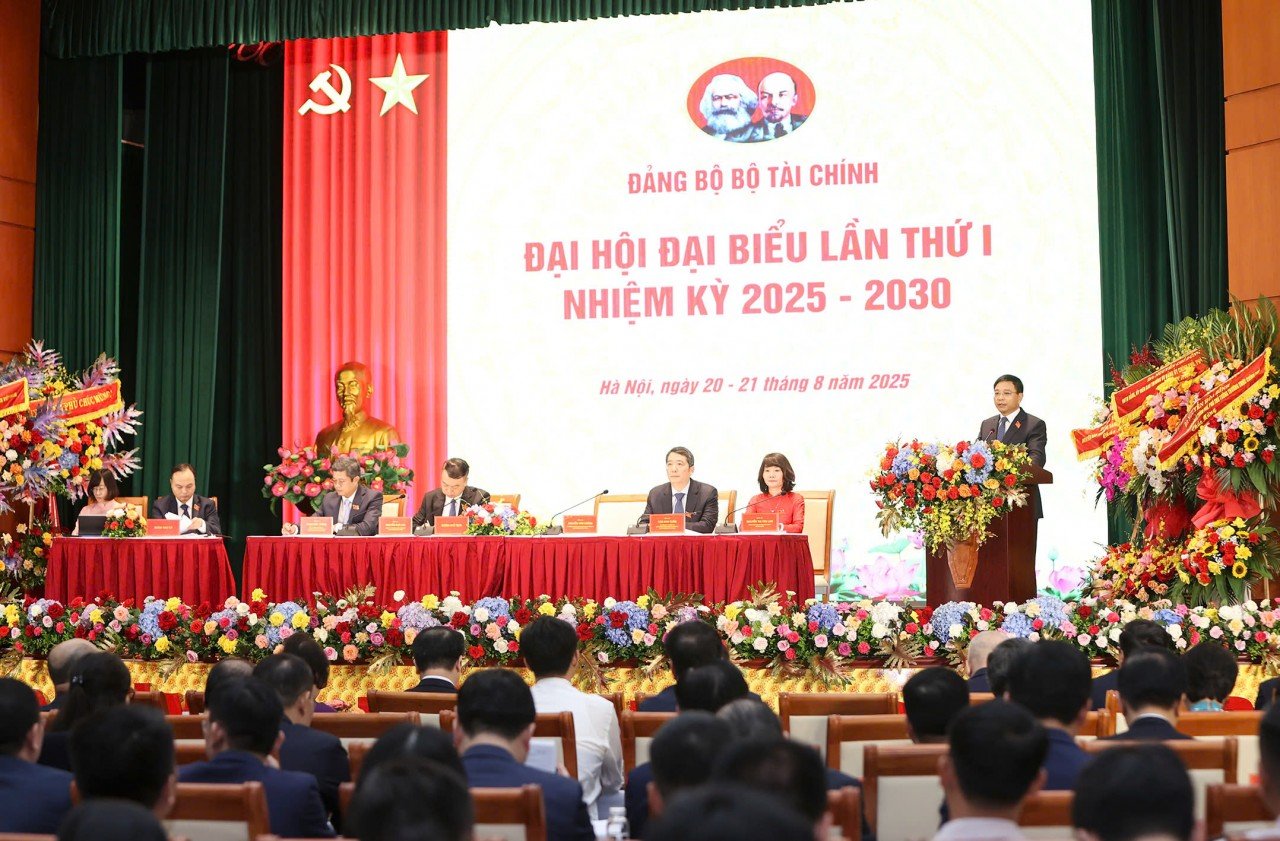
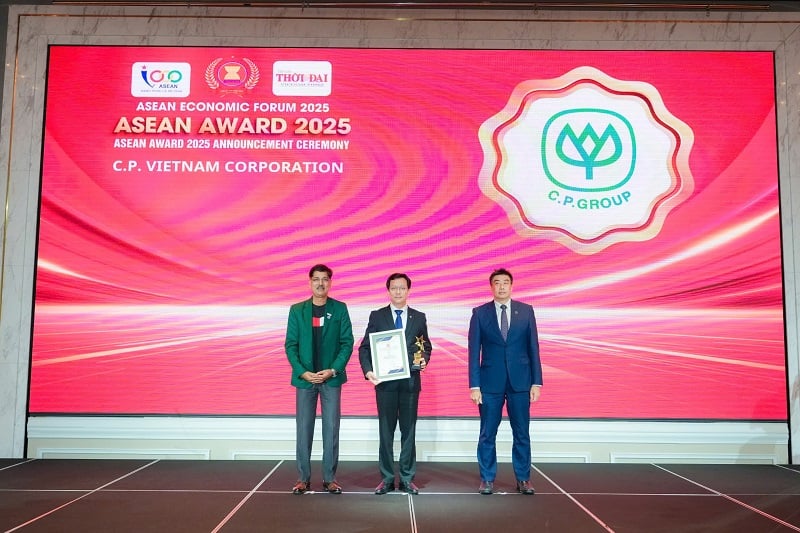






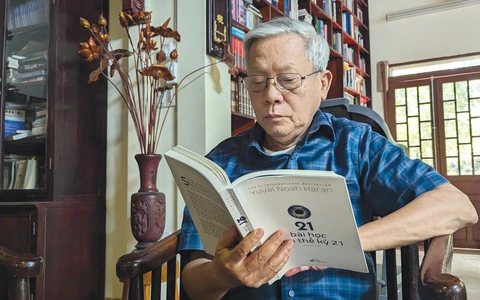
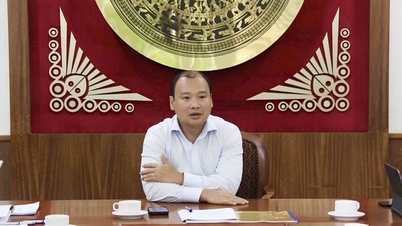



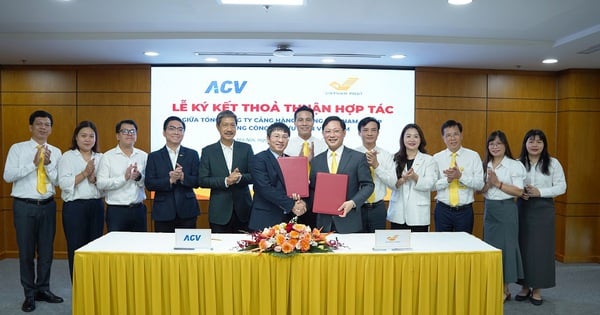



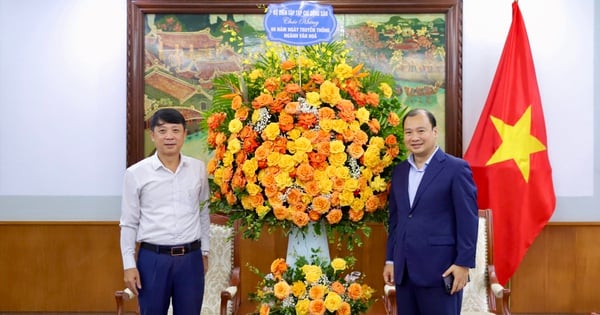
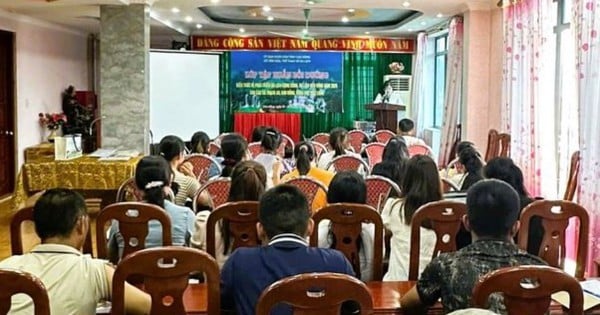
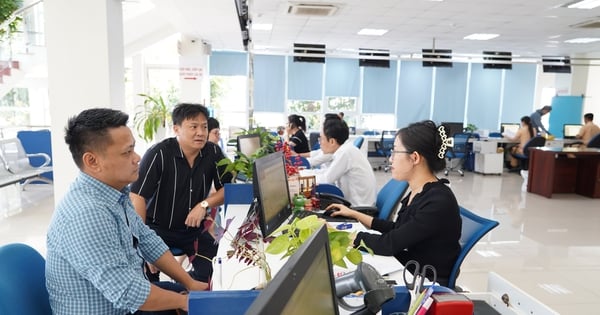












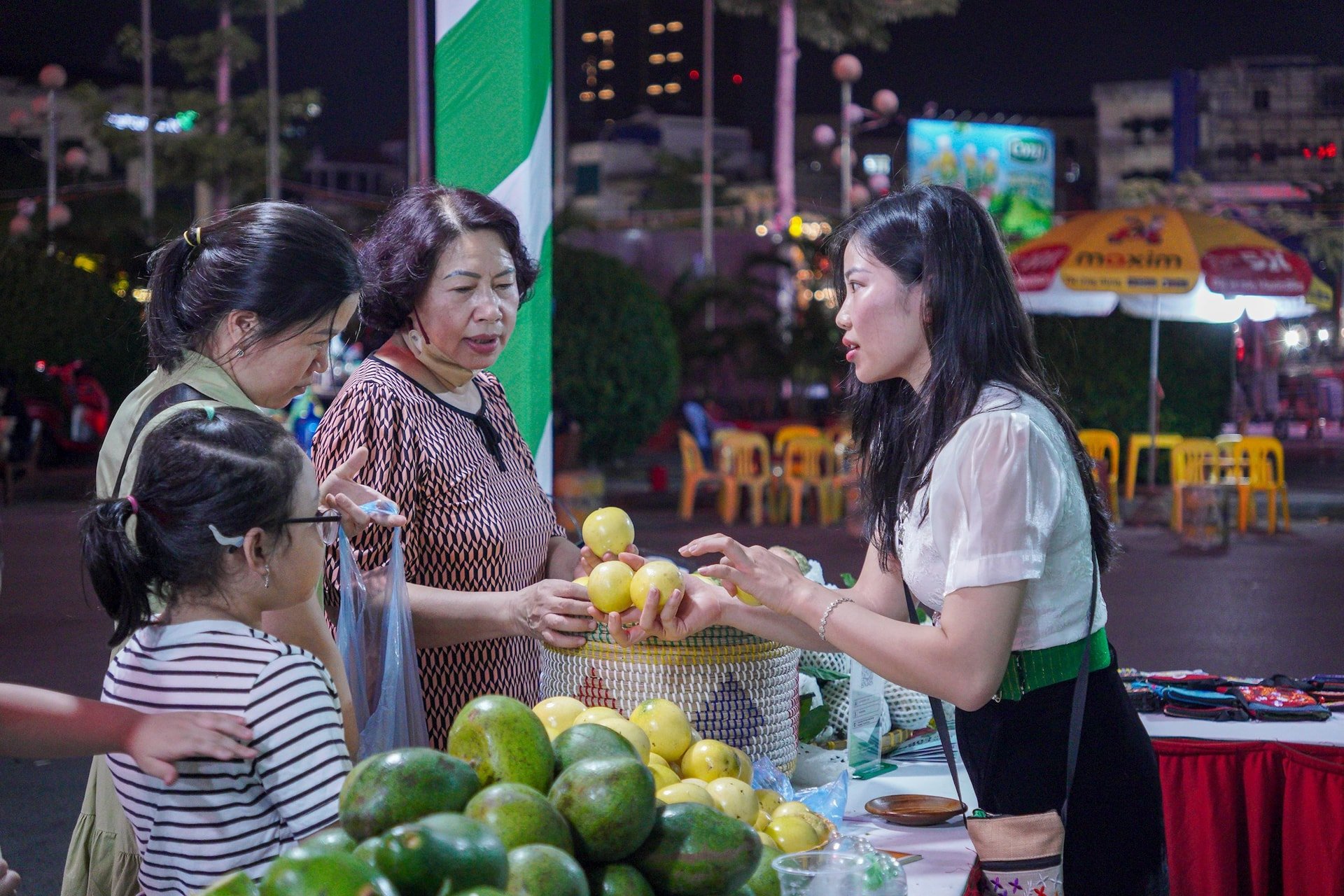

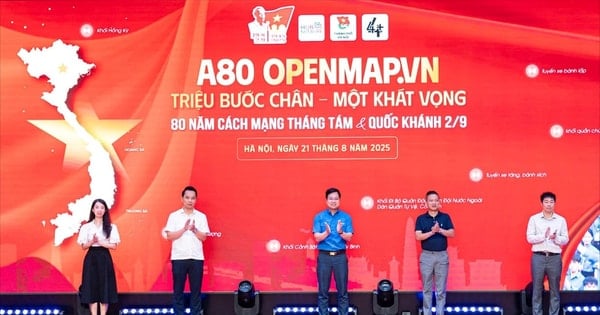

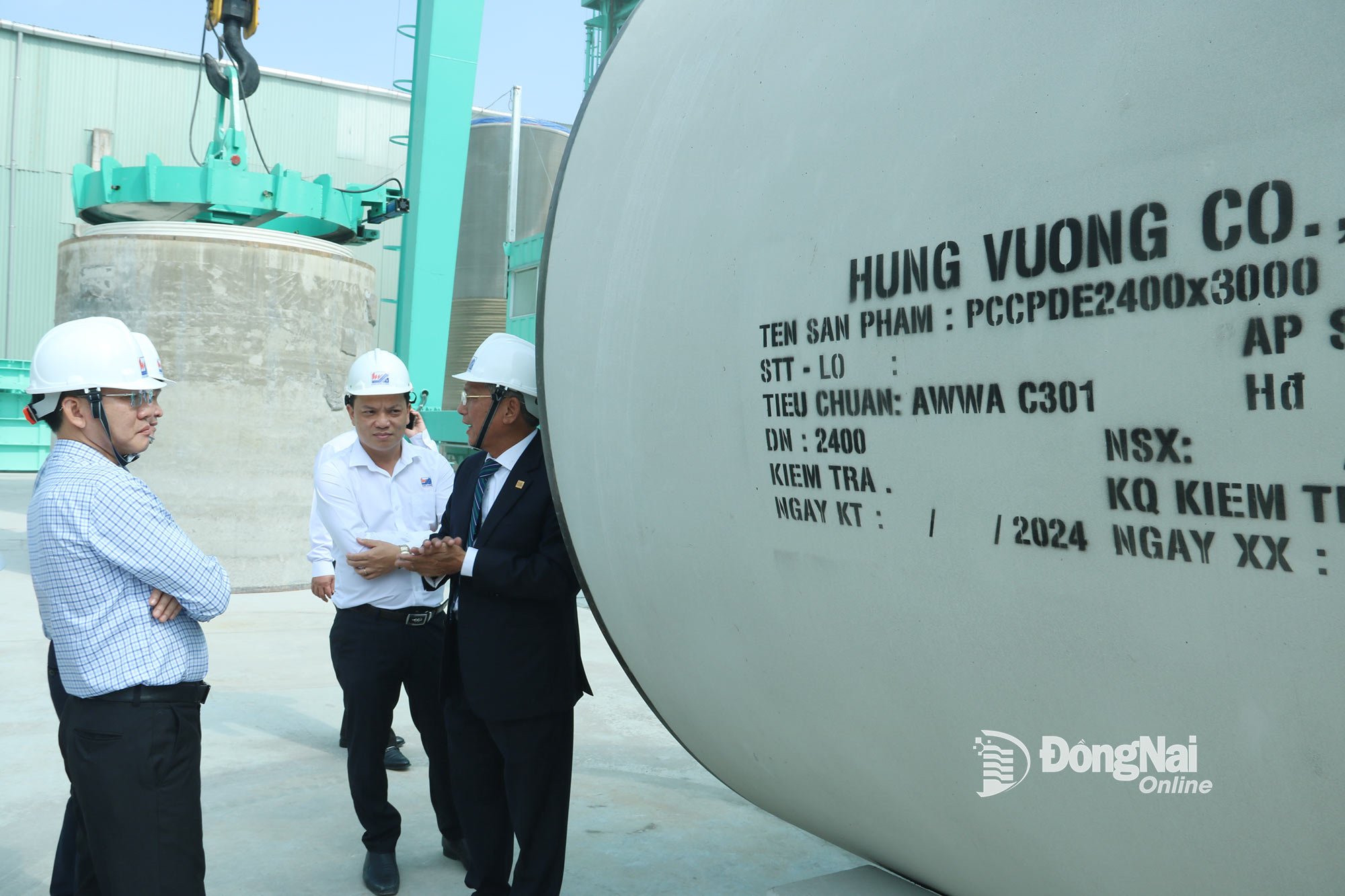






Comment (0)